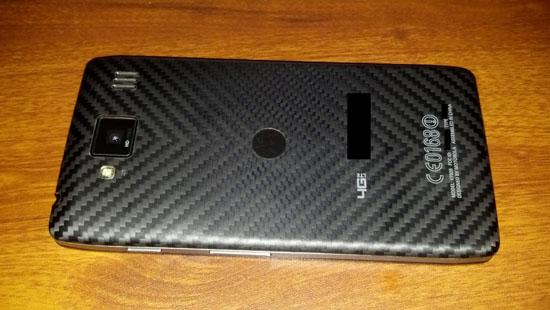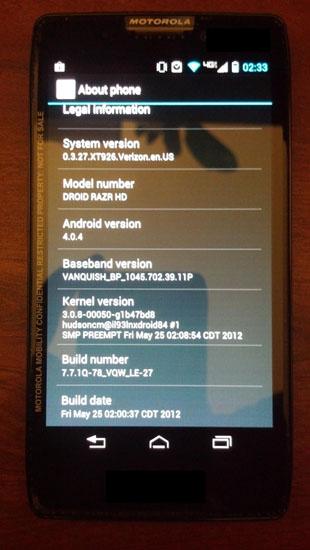
I recently had a conversation with a customer in a mobile retail store about Android, and while I didn’t go over any groundbreaking or “new” information (new to me, anyway), the conversation made me realize that Android does indeed have a problem. An issue, if you will. The disconnect between Android manufacturers and Google makes it hard for handsets that aren’t Nexus-branded devices to stay updated. (I’m not going to get into Verizon’s LTE Galaxy Nexus. We know where that will lead, and why updates aren’t as streamlined.) But, that’s not the issue I’m referring to.
I’m talking about new phones.
Let’s start with the conversation, though. I was in this shop, just looking at phones and tablets. At the counter there was an older gentlemen that was purchasing a new phone for his kid. He wasn’t all that excited about all the cool features the sales rep was talking about, but he knew that his son would be stoked. After all, he had dropped his older phone into a toilet, so getting something new, especially something as great as the Galaxy S III, would be a dream come true. Dad to the rescue.
But that didn’t stop the sales rep from going on-and-on about the new features. And then, he said, “And it’s running Android 4.0, which is the latest version of Android, so you know you won’t have an issue with apps or anything like that.”
Oddly enough, it wasn’t even me that started in on the sales rep. It was his manager. “To be clear, it’s the latest version of Android for the Galaxy S III. There is a newer version of Android out, but the GSIII doesn’t have it.”
As you can imagine, this guy didn’t quite understand what the difference was. How could this brand new phone not have the newest version of Android? The manager started to explain the situation, talking about how manufacturers don’t always have access to the next version of Android, blah-blah-blah. While that’s all well and good, I thought I should interject and explain why the Galaxy S III shouldn’t really be at fault here.
I explained when Android 4.1 Jelly Bean was announced, versus the announcement that carriers here in the States would be launching their Galaxy S III models, and finally release dates. I told him that the Galaxy S III, while new for his carrier, couldn’t get access to launch with Android 4.1 Jelly Bean because it launched pretty much right after it was announced. In this case, it wasn’t Samsung’s fault, nor should he feel like he’s being cheated out of something.
I also pointed out that there’s a good chance that the phone gets updated to the new version of Android. (I didn’t guarantee it, and I didn’t hint at the possibility that yet another version of Android would be announced probably around the same time. Felt like that might be counter-productive, you know?)
The real issue isn’t with the Galaxy S III. It really isn’t. But there is an issue with new phones launching with outdated software. Right around the time that Android 4.1 Jelly Bean was being announced, there were devices still finding their way to store shelves with Android 2.3 Gingerbread installed. I get that manufacturers are aiming to launch “cheap” devices, but the standard for Android should be Android 4.0 Ice Cream Sandwich. There just shouldn’t be any way around that. Especially when yet another version of the mobile platform has just been unveiled.

And then there’s the DROID RAZR HD by Motorola. We’ve heard about this handset more than a few times now, but we’ve seen some pretty revealing screenshots recently. The most telling is the apparent fact that the device is currently running android 4.0.4. Ice Cream Sandwich. The only really scary part to that is there is no word if the RAZR HD will launch with Ice Cream Sandwich on board, or if Motorola has some plan to upgrade it to Jelly Bean before it hits shelves.
As it stands, it would be reasonable, if not completely expected, to guess that the DROID RAZR HD will indeed launch with Ice Cream Sandwich. But hey, it has software keys, so that’s something, right?
This is the real issue with Android. If you want to make connections to fragmentation, you can (because they’re there), but there needs to be an end to the disconnect between Google and Android manufacturers. I’m not talking about how quickly after a new version is launched that manufacturers get access to it, but before.
There’s obviously nothing we can do about companies launching devices with Gingerbread, but that has to stop, too. Make cheap devices with Android 4.0 and call it good.
Fragmentation isn’t going to go away anytime soon, but we can get a handle on it if we get manufacturers to stop launching devices with outdated software. That should be step one. It needs to be step one.